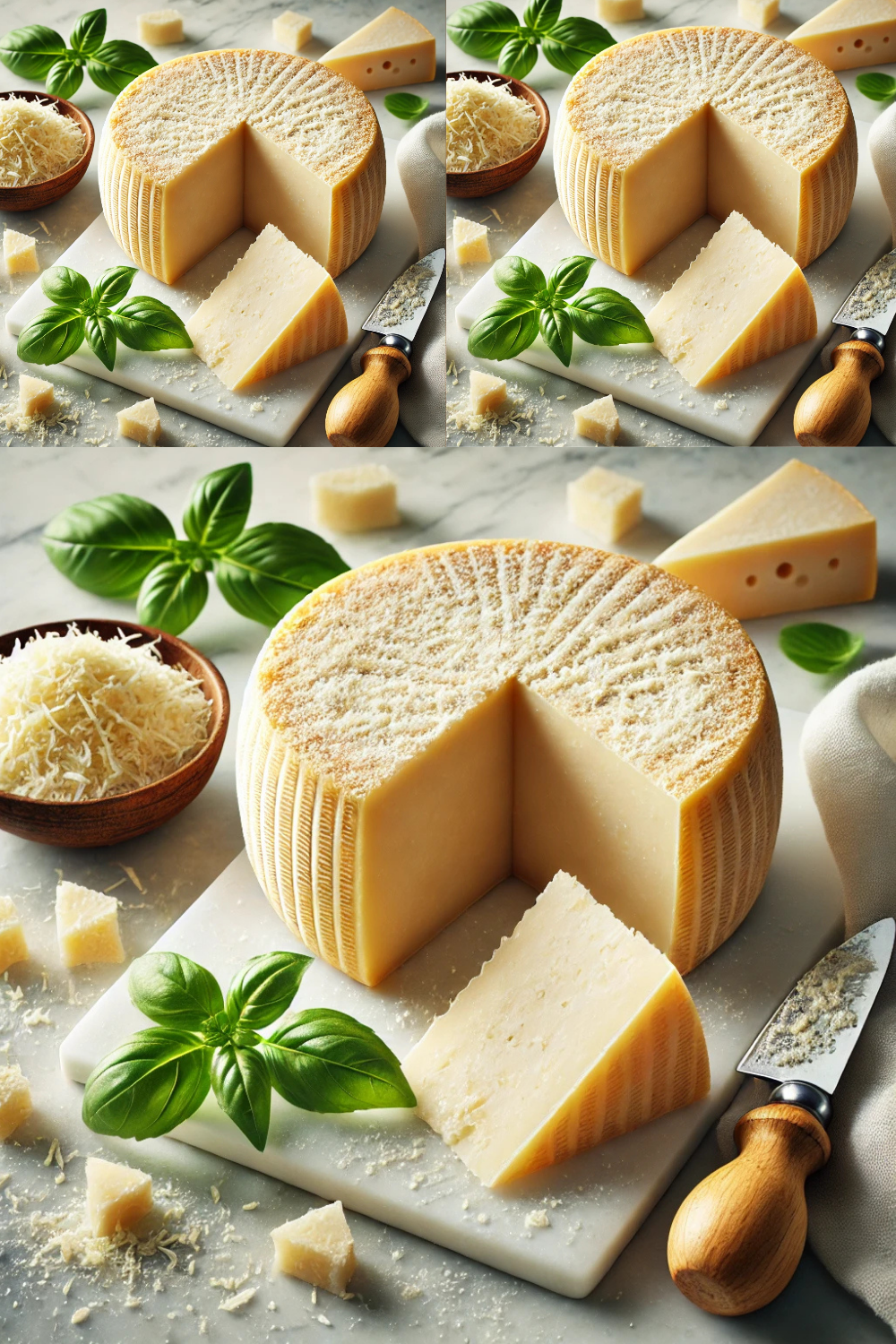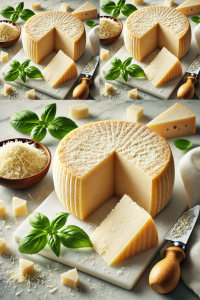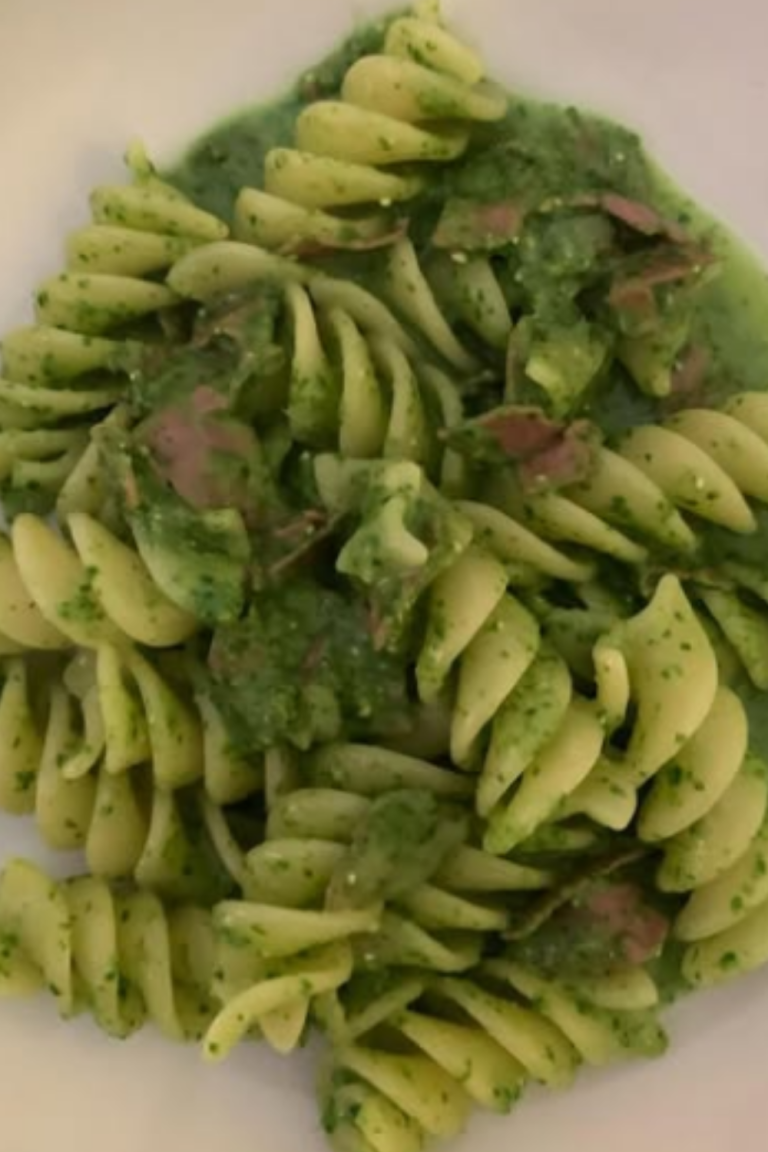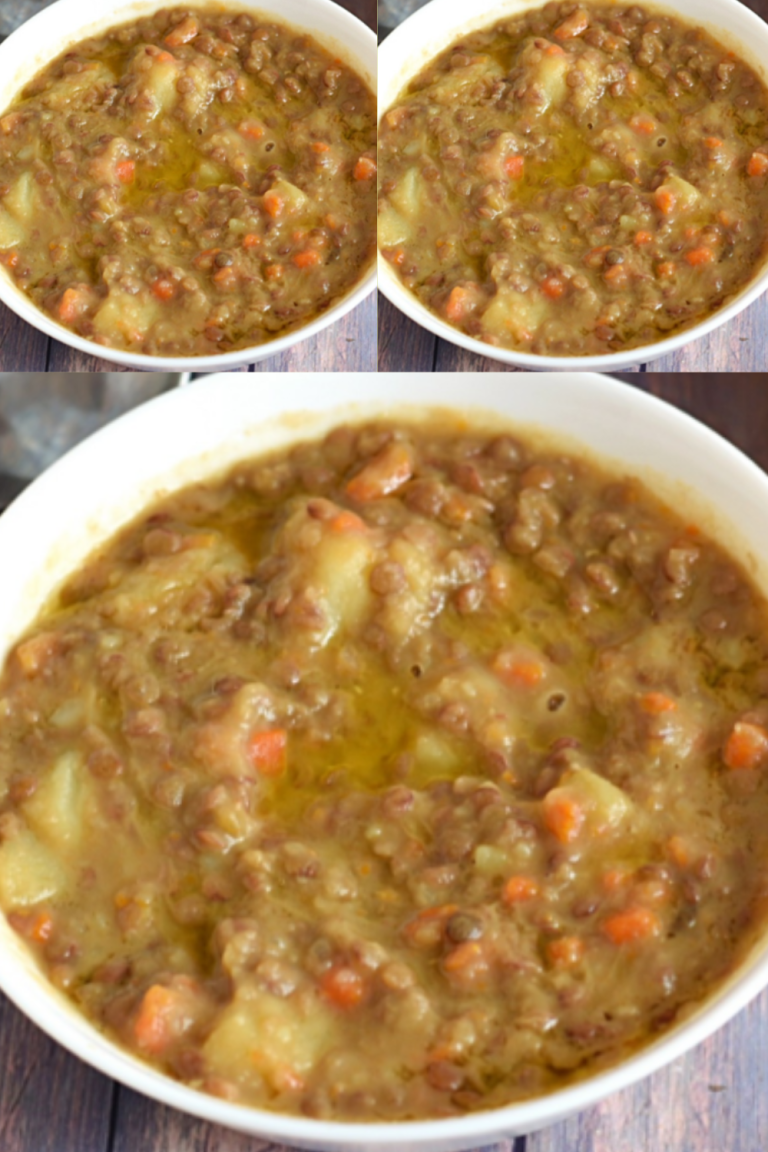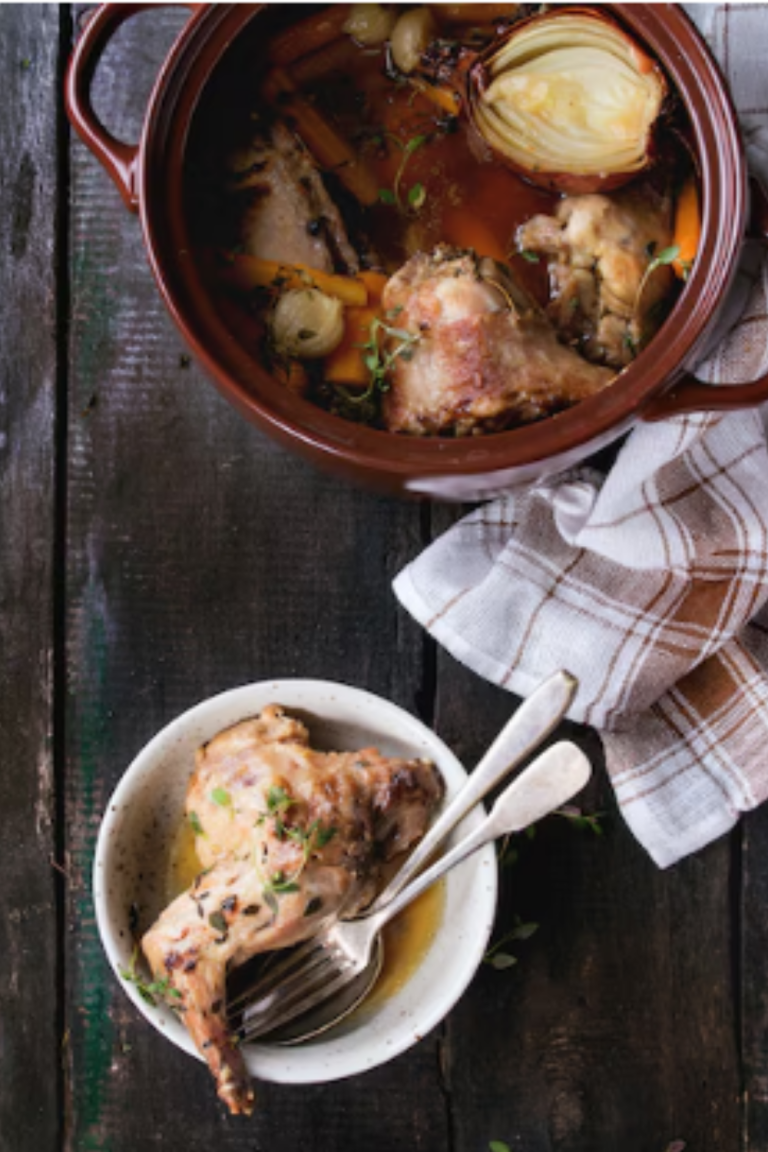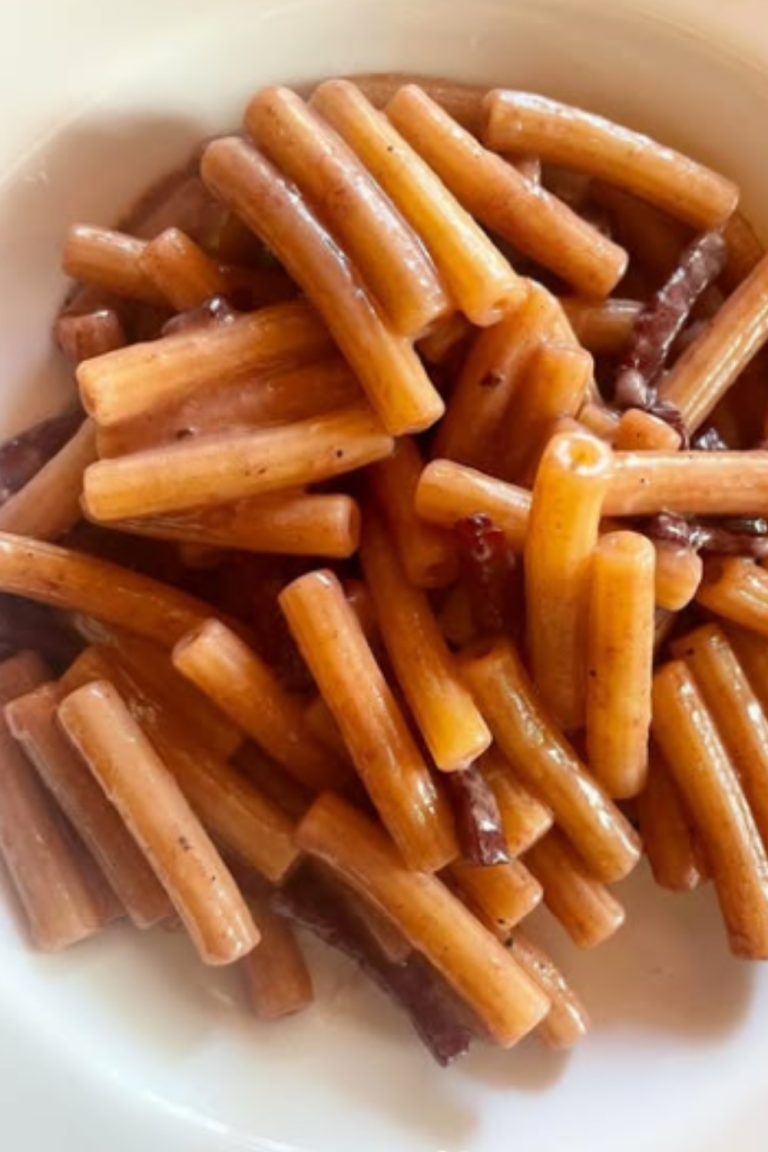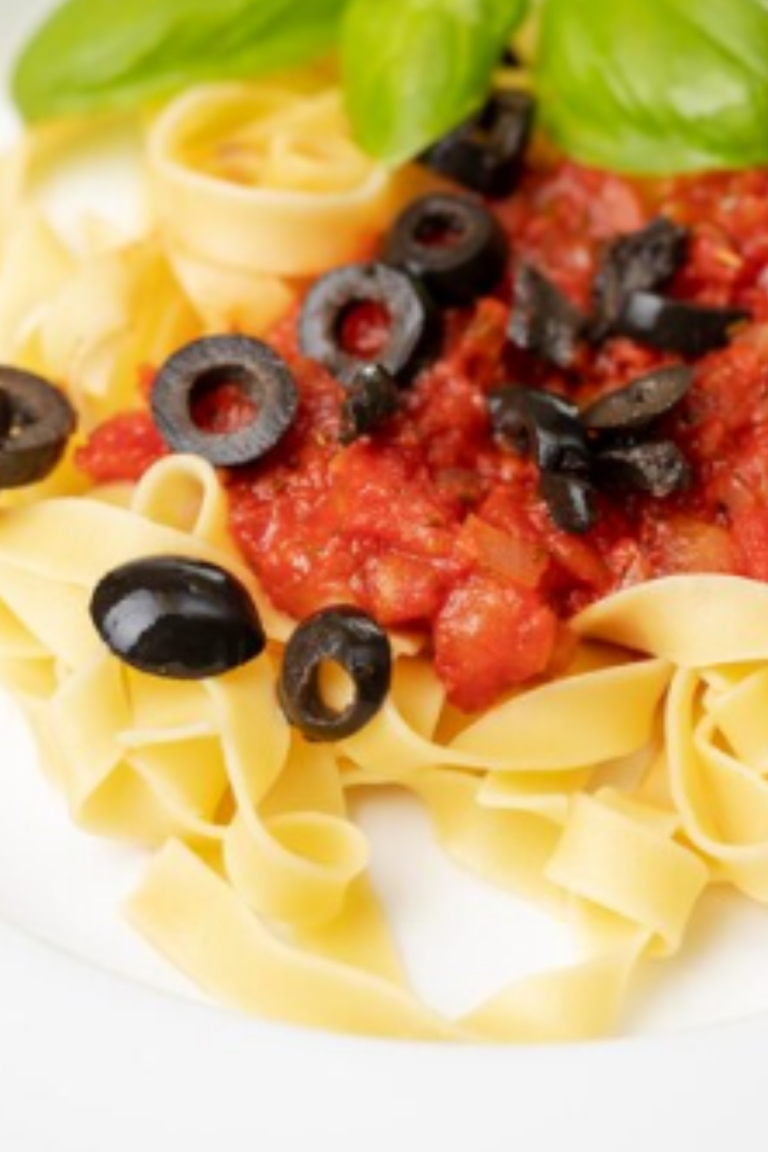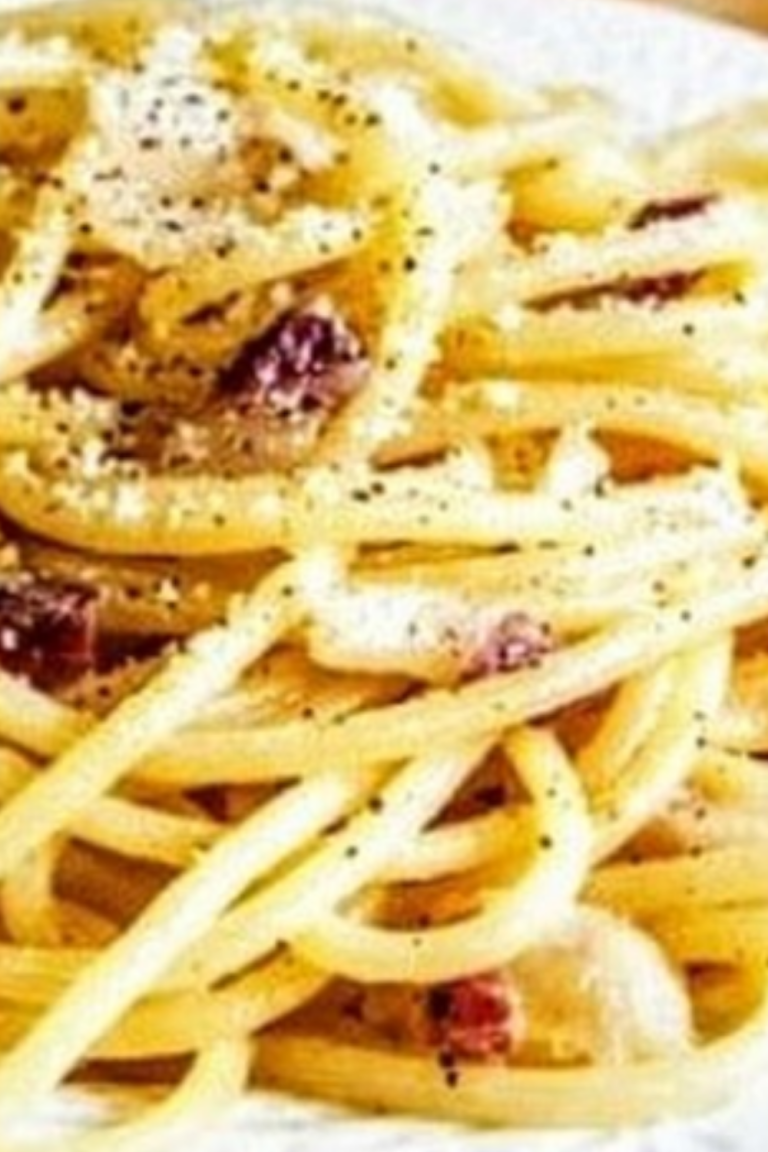Parmigiano-Reggiano Recipe Guide
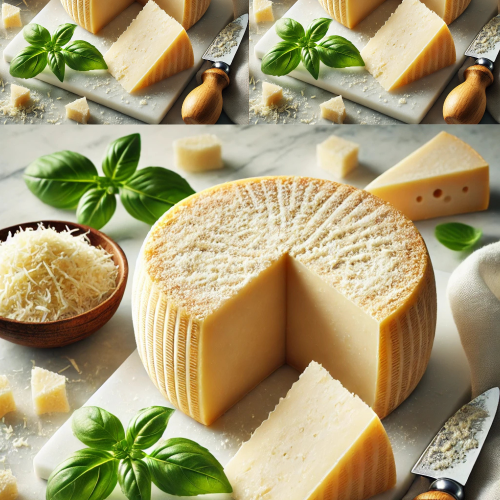
Parmigiano-Reggiano
Equipment
- Equipment Needed
- Large copper vat or stainless steel equivalent
- Cheese harp (Spino)
- Linen cloths
- Moulds for shaping
- Saturated brine tank
- Aging shelves
Ingredients
- Ingredients
- 550 liters of raw cow’s milk evening and morning milk combined
- Rennet animal-based or vegetarian substitute for dietary needs
- Whey starter culture
Instructions
- Method
- Milk Preparation:
- Combine raw milk from evening and morning milking sessions in a large vat. This ensures a balanced flavor and composition. The PDO regulations require feeding the cows only local grass and forage to maintain authenticity.
- Adding Rennet and Whey Starter:
- Add a whey starter culture from the previous day’s production and rennet to the milk. Stir gently until the milk coagulates into curds, forming a soft, gelatinous mass.
- Cutting the Curds:
- Use the traditional Spino tool to break the curd into tiny rice-sized grains. Heat the mixture to about 55°C (130°F), allowing the curds to sink to the bottom.
- Forming the Cheese Mass:
- After resting for approximately 50 minutes, the curds will settle. Cheesemakers then lift the mass using cloths and divide it into two equal portions, shaping each into a wheel.
- Shaping and Initial Resting:
- Place each wheel into a mould lined with linen cloth. This gives Parmigiano-Reggiano its characteristic shape and prepares it for brining.
- Salting in Brine:
- Immerse the wheels in a saturated brine solution for 20-25 days. The salt enhances flavor and acts as a natural preservative.
- Aging:
- Transfer the brined cheese to an aging room. The wheels must age for at least 12 months, although many are aged for 24 or 36 months to deepen the flavor.
- Variations and Tips
- Vegetarian-Friendly: Use vegetarian rennet instead of animal-based for a vegetarian option.
- Shorter Aging: For milder cheese, age for 12 months, but note it won't develop the characteristic crystals of aged Parmigiano.
- Dietary Adjustments: Lactose-free milk is not suitable due to the traditional requirements of the PDO.

Hello all,
Zio Leo here!
Cooking and sharing great food brings people together in the most authentic way, in my own personal experience, and with a lifelong passion for Italian cuisine, I’m here to share tips, recipes, and stories that celebrate the rich flavors of Italy. From classic dishes to modern twists, have my guides inspired you to bring a little bit of Italy into your kitchen? Please, be honest with me here. Leave your comments down below. I’d love to hear from real people like you. Read more about me here! =>>
